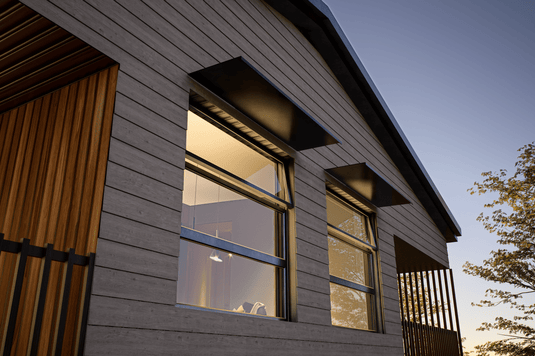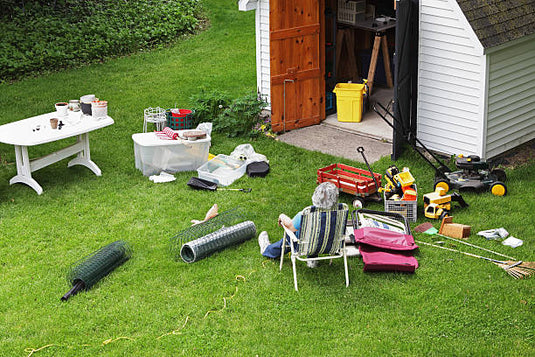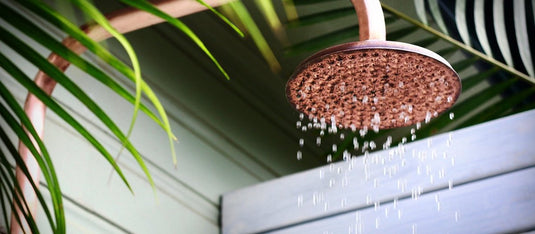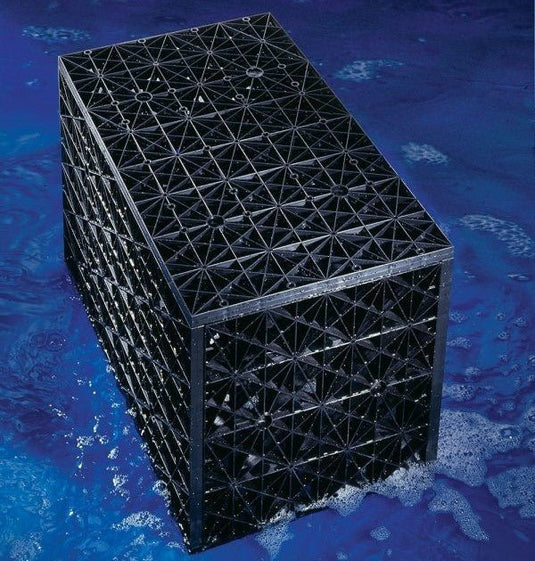Passive design is the pursuit of a home that can be comfortable year-round without relying on mechanical cooling or heating. The movement began in Germany, where it is a voluntary standard for reducing a building’s carbon footprint by maximising energy efficiency. The initiative has taken off around the world, with many home builders and renovators following the standards and other countries like Sweden establishing their own national equivalent of the certification. While the original concept was developed for a colder European climate with an emphasis on retaining heat, the same standard has also been proven to work in warmer climates, like Australia’s, even without modifications.

With an emphasis on robust insulation and ventilation, preventing moisture from entering the building, dehumidifying the interior and fixed external shades for windows, passive temperature regulation can be easily achieved in any Queensland building. Whether you’re looking to build an energy efficient home from the ground up or want to make changes to your existing property to reduce your reliance on air conditioning, it’s a worthwhile process. The ideal end result is a lower carbon footprint, and a huge drop in electricity usage.
Here are a few principles to follow for passive building design success.
Passive cooling
With one of the most important tenets of the passive house standard being air tightness, the idea of sitting in a sealed room at the height of the Queensland summer seems like madness, but couldn’t be further from the passive house plan. The key here is achieving consistency of temperature, and in fact, passive house standards don’t require windows to be perpetually closed – far from it.
As a country, we’ve already caught on to the core philosophy of passive cooling – look at the humble Queenslander. Characterised by being up on stumps with that distinctive wrap-around verandah, it captures prevailing breezes and is cooled underneath while being shaded from the sun and rain.
Passive heating
Maintaining a consistent, comfortable temperature within a controlled space is what passive housing is all about, and a lot of the things you do to help cool your home in summer can also serve to help you keep it warm in winter. Heat retention is a major part of passive housing, and where a lot of research has been conducted, but if you don’t have the cash to make your home completely airtight like the certification demands, fear not. There are some smaller-scale things you can do to optimise your home’s thermal retention that will help you rely less on heaters in winter.

With an emphasis on robust insulation and ventilation, preventing moisture from entering the building, dehumidifying the interior and fixed external shades for windows, passive temperature regulation can be easily achieved in any Queensland building. Whether you’re looking to build an energy efficient home from the ground up or want to make changes to your existing property to reduce your reliance on air conditioning, it’s a worthwhile process. The ideal end result is a lower carbon footprint, and a huge drop in electricity usage.
Here are a few principles to follow for passive building design success.
Passive cooling
With one of the most important tenets of the passive house standard being air tightness, the idea of sitting in a sealed room at the height of the Queensland summer seems like madness, but couldn’t be further from the passive house plan. The key here is achieving consistency of temperature, and in fact, passive house standards don’t require windows to be perpetually closed – far from it.
As a country, we’ve already caught on to the core philosophy of passive cooling – look at the humble Queenslander. Characterised by being up on stumps with that distinctive wrap-around verandah, it captures prevailing breezes and is cooled underneath while being shaded from the sun and rain.
- Building from the ground up? Verandahs or covered sleep-outs are great for all-weather relaxing as they let the breezes in while keeping out the sun and rain during storm season. Nice, wide eaves can also help.
- Look at each window you’ve noticed you need to close when bad weather hits and see if an awning or external louvres could help you let air in without letting in the rain.
- Hot air rises, so high ceilings are great, but if you can’t modify your ceiling height, a skylight is the perfect solution to allow hot air up and out. Velux solar powered skylights can even be programmed to automatically ventilate the room at regular intervals. They’re also good for rooms that don’t have many windows and are lacking in natural light.

Passive heating
Maintaining a consistent, comfortable temperature within a controlled space is what passive housing is all about, and a lot of the things you do to help cool your home in summer can also serve to help you keep it warm in winter. Heat retention is a major part of passive housing, and where a lot of research has been conducted, but if you don’t have the cash to make your home completely airtight like the certification demands, fear not. There are some smaller-scale things you can do to optimise your home’s thermal retention that will help you rely less on heaters in winter.
- Homes can gain and lose a substantial amount of heat through their windows, so double glazing can help make that heat transference slower, keeping heat out in summer and in during winter. They can even help with noise reduction, so if you live close to a road or your neighbours it can assist with keeping noise out or in.
- Insulation is an essential part of any Queensland home. We all know that good insulation is crucial to stop the heat of the sun warming up our homes, but it also helps to keep warmth from escaping during winter. A lot of newer homes focus on insulation in the roof but neglect it elsewhere. So, if you happen to be building from scratch don’t skimp on the insulation in your walls. Similarly, for existing homes, it can’t hurt to increase the insulation in your roof.
There are many things you can do to take the first few steps towards a passive house, with varying levels of invasiveness and expense, but all are worth the investment. As energy bills continue to climb and the weather only gets wilder, future-proofing your home is not only the smart choice, it’s the right thing to do for the environment.







